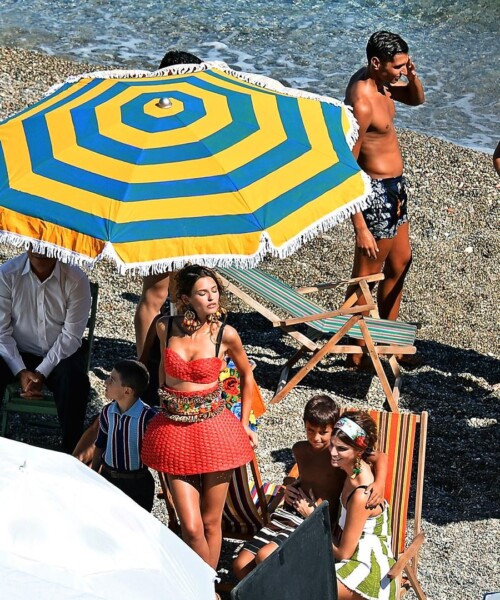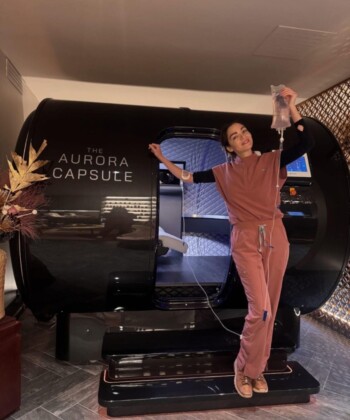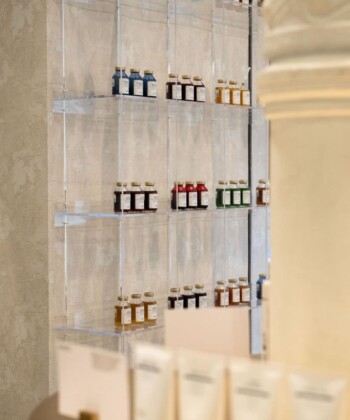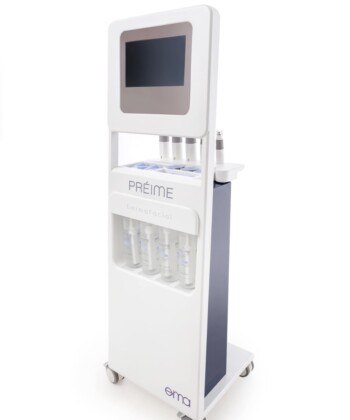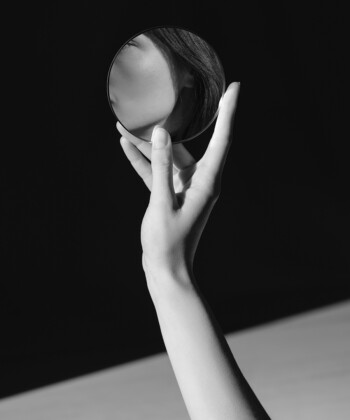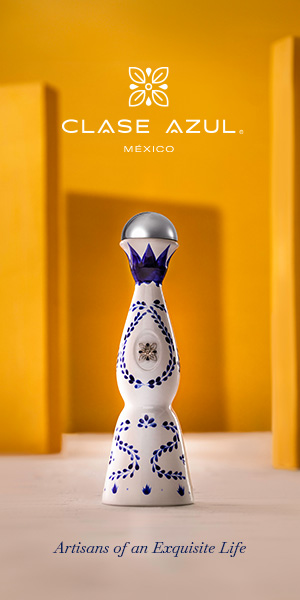Summer is fast approaching, and shielding your skin from the sun shouldn’t be complicated. Put on sunscreen, grab a hat, veer toward shade—you’re good, right? If only.
Making sense of the barrage of sun-centric info—news on medical studies, SPF breakthroughs, ray-neutralizing clothes—can leave you feeling like you’re reading a NASA document, not heading out the door. Allow us to deliver the lowdown: Most dermatologists say SPF 30 is a good enough baseline for daily protection.
“There’s probably no need to use more than an SPF 50,” says Dr. David Colbert, a New York City dermatologist and founder of Colbert MD skin care. Buy only the sunscreen that says it offers “broad-spectrum protection,” which means it protects you from both UVA and UVB rays—anything else isn’t worth the slather. Even better are lotions that contain zinc oxide, titanium dioxide, mexoryl and Helioplex. And don’t stop there. In addition to sunscreen, dermatologists suggest using an antioxidant with vitamin C, idebenone or resveratrol, like Prevage Face Anti-Aging Daily Serum. Dr. Neil Sadick, a New York City cosmetic surgeon, also recommends taking a prescription pill called Heliocare, which can up antioxidant protection and decrease puffy, pink, post-beach-day skin.
But what if you’ve got it all down, and somehow you’ve burned? It happens. Just know that aloe vera is most likely inadequate for repairing damage from 50 shades of ray. Within 24 hours, seek out dermatologic LED-based light treatments like Gentle Waves to get rid of redness or inflammation. Sessions range between 10 and 30 minutes.


























